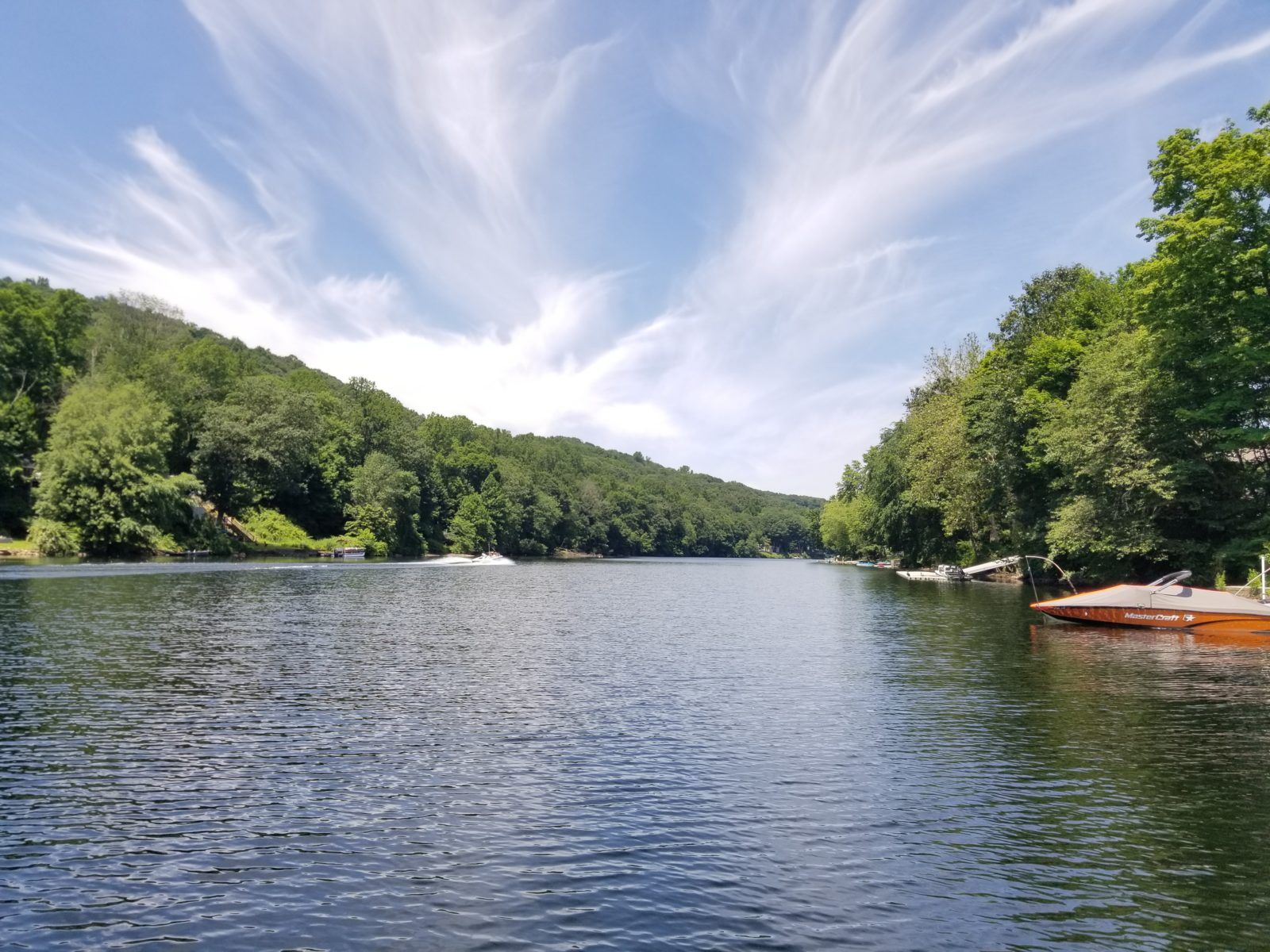Written by Industry Expert, David Ellison, Aquatic Biologist and Regional Director
 Invasive species are non-native species that have entered an area where they have not previously been present. Invasive plant species can be found in a wide array of ecosystems with the most commonly thought of being the aquatic environment. Landscape areas, upland and forested sites, as well as agriculture lands can all have invasive species present, and the site location can often depict the type and level of control. These species are likely to cause some harm to the ecosystem and impacts to the environment, the economy, and even human life in some situations are possible when invasive species are introduced to a new ecosystem.
Invasive species are non-native species that have entered an area where they have not previously been present. Invasive plant species can be found in a wide array of ecosystems with the most commonly thought of being the aquatic environment. Landscape areas, upland and forested sites, as well as agriculture lands can all have invasive species present, and the site location can often depict the type and level of control. These species are likely to cause some harm to the ecosystem and impacts to the environment, the economy, and even human life in some situations are possible when invasive species are introduced to a new ecosystem.
Invasive species have a competitive advantage as they typically exhibit the following characteristics:
• Aggressive Growth• Adaptability• Few Natural Controls• Difficult to Control
These traits make invasive species extremely difficult to control. Once an invasive species begins to establish itself, they often outcompete native species, creating a monoculture. Establishment of the monoculture of an invasive species can lead to a loss of understory native species and other losses due to competitive advantages of the invasive species. Erosion and sedimentation can be drastically impacted through establishment of an invasive species with impacts on hydrology and wetland loss. Competitive advantages of invasive species can lead to current and future ability to access and use land for hunting, fishing, hiking, and other recreational activities. Economic estimates are in billions of dollars spent annually in expenses for invasive species.
Invasive species control in aquatic and terrestrial environments can vary significantly by the type of species found and types of treatments. Some of the common invasive species found are:
• Phragmites• Purple Loosestrife• Kudzu• Tree of Heaven• Multiflora Rose
Treatment methods and when to treat can vary greatly with each invasive species. Plant species will dictate treatment methods, such as aerial, ATV, and large or small equipment application. Treatment methods for upland invasive species will vary with each plant and some methods allow for treatment outside the growing season. Invasive species treatments are often mapped utilizing GPS technology allowing exact locations of invasive species to be recorded. Mapping also allows areas of treatment in subsequent years to be monitored for regrowth and treatment.
Invasive species management and control can be a long process and often requires multi year treatments due to the competitive advantages of the plants. A multi year management approach with additional management techniques such as seeding and planting are recommended when reestablishing an area with native species after control of the invasive species has been successful.
Contact the experts at 888-480-5253 for all of your lake, pond and fisheries management needs.
David Ellison is an Aquatic Biologist and Regional Director with SOLitude Lake Management. SOLitude Lake Management is committed to providing full service lake and pond management services that improve water quality, preserve natural resources, and reduce our environmental footprint. Lake, pond and fisheries management services, consulting, and aquatic products are available nationwide. Learn more about SOLitude Lake Management and purchase products at www.solitudelakemanagement.com.










